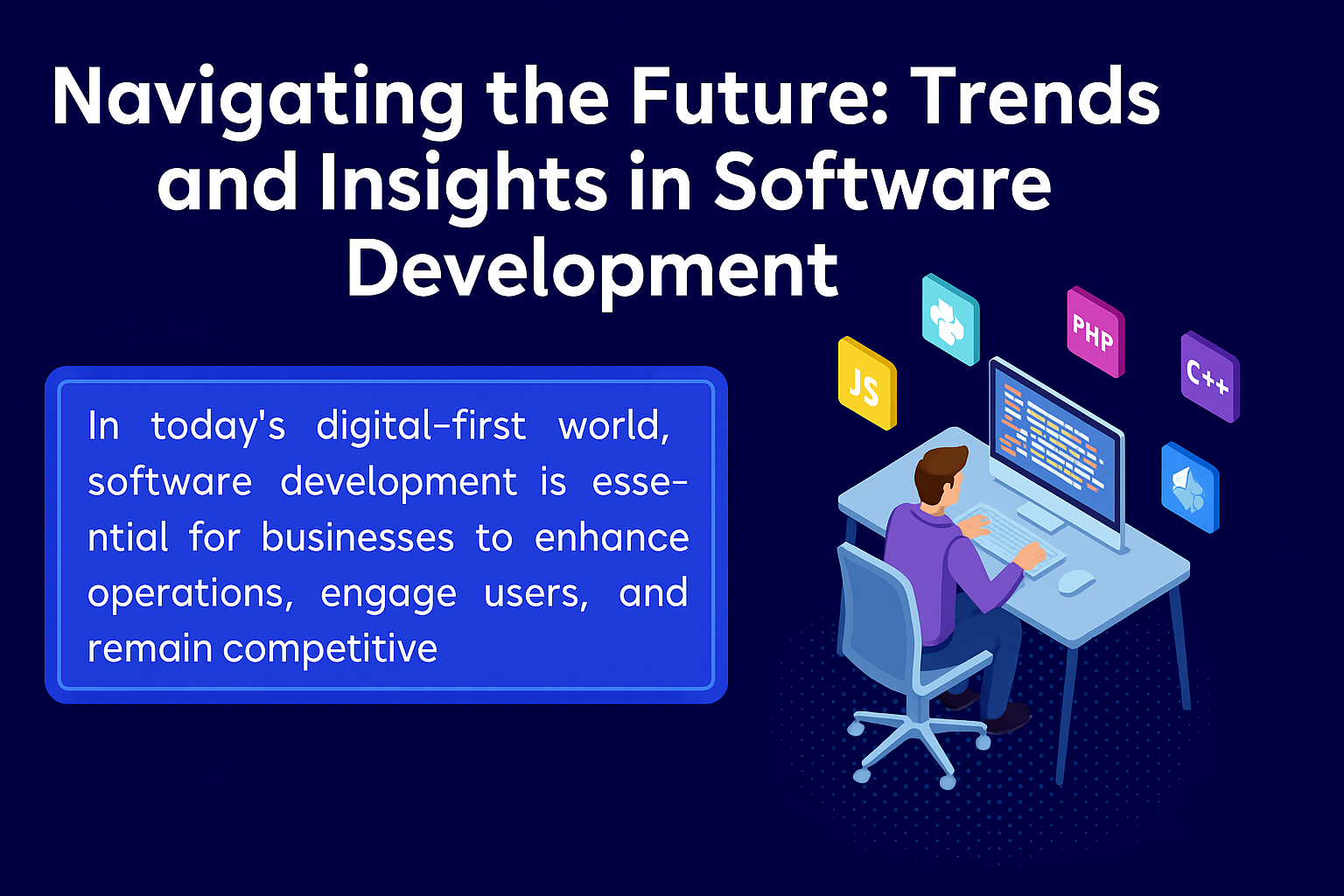5 Mistakes to Avoid While Hiring a Rummy Game Developer
The online gaming industry is seeing remarkable growth, and rummy stands out as one of the fastest-rising card games worldwide. For game development companies, startups, and tech entrepreneurs, offering an engaging rummy game can unlock vast market opportunities and new revenue streams. However, the keys to success lie in the idea itself and the team you assemble to build it. Hiring the right rummy game developer from a skilled rummy game development company is critical. Yet, many organizations make missteps during hiring, leading to missed deadlines, buggy releases, or costly reworks.
This guide highlights the top five mistakes to avoid when scouting for a rummy game developer. You’ll discover how precise project scoping, careful screening, communication, technical assessment, and long-term planning can save you time, money, and reputation. Whether hiring for your startup or choosing a rummy game development partner for a larger enterprise, these insights will help you make informed, strategic decisions.
Why Rummy Game Development Is Booming
Mobile and web-based rummy games have become ubiquitous across online platforms. India’s online rummy user base alone is estimated to surpass 100 million in the next few years, mirroring trends in other geographies. With smartphone accessibility and the appeal of skill-based gameplay, rummy attracts a diverse user demographic. For tech entrepreneurs, launching a rummy game isn’t just about capturing casual players; it’s also about building robust engagement and loyalty and even monetizing tournaments or premium features.
But with high market potential comes fierce competition. A seamless user experience, secure gameplay, and visually captivating interfaces can set your rummy game apart. This requires expertise that goes well beyond basic app development. Hiring the right rummy game developer is one of your most crucial business decisions. Here are the five key hiring mistakes to help you avoid.
Mistake 1: Not Defining Clear Requirements
The Cost of Vagueness
A common pitfall in rummy game software development is failing to outline what you want your project to achieve. Without a concise set of requirements, you risk miscommunication, feature creep, and an end product that doesn’t match your vision.
When you don’t communicate your exact needs to your rummy game developer or company, you create an environment ripe for misunderstanding. Developers may build based on assumptions, leading to functionality gaps, misaligned UI/UX designs, and delayed launches.
How to Avoid It
1. Develop a detailed project scope.
- Define core features (game rules, scoring, payment gateways, anti-fraud algorithms).
- Specify platforms (iOS, Android, web) and device compatibility.
- Clarify design preferences, UX flows, and monetization strategies.
2. Use wireframes and user stories.
- Visual representations and narratives help developers understand expectations.
3. Prioritize features.
- Split your project into the minimum viable product (MVP) and future updates.
4. Document everything.
- Written documentation ensures everyone is on the same page.
Key Takeaways
- A precise, written requirements document eliminates ambiguity.
- Setting milestones, deliverables, and acceptance criteria from the outset streamlines development and ensures your money is well spent.
Mistake 2: Ignoring Portfolio and Experience
Why Experience Matters
Skill in general app or game development does not always translate to success with rummy game software development. Rummy presents unique challenges, from implementing card shuffling that adheres to randomness to secure multiplayer actions and tournament mechanics.
Many companies bypass a crucial step in hiring, failing to review the developer’s portfolio or investigate prior projects. The result? You might hand your idea to someone with little real-world rummy experience, which can spell disaster.
What to Look for in Portfolios
1. Successful rummy games launched.
- Analyze the user base, reviews, and performance metrics.
2. Diversity of project types.
- Has the rummy game developer built mobile apps, web games, and single and multiplayer modes?
3. Specialization in card or skill-based gaming.
- See if their solutions incorporate best practices for fairness, anti-collusion, live tournaments, and player statistics.
4. Design and user engagement.
- Assess UI/UX sophistication, animation smoothness, and in-game features.
5. Ongoing support and updates.
- Are previous games being maintained, updated, or improved?
Portfolio Red Flags
- Generic or minimal case studies
- Lack of live, functioning rummy games to test
- Unwillingness to share details about previous clients or results
Key Takeaways
- See specific, relevant projects (ideally rummy or similar card games).
- Verify the developer’s ability to deliver on both technical and business objectives.
Mistake 3: Overlooking Communication Skills
Why Communication Is a Non-Negotiable
Even the best-devised requirements and portfolios cannot replace the importance of ongoing, clear, and transparent communication. Rummy game development touches on challenging problems at multiple stages—from gameplay mechanics to server security. Misunderstandings can quickly escalate into expensive errors or settlement disputes.
Some businesses make the mistake of hiring purely on technical ability, neglecting soft skills and collaborative compatibility.
Best Practices to Enhance Collaboration
1. Establish clear channels.
- Use Slack, Teams, email, or dedicated project management tools (like Jira or Trello).
2. Schedule regular check-ins.
- Weekly meetings prevent misalignment and allow for timely problem resolution.
3. Set reporting standards.
- Track progress with status updates and milestone reviews.
4. Evaluate cultural fit.
- Comfortable, respectful teams work more productively and creatively.
5. Define escalation processes.
- Ensure disputes or blockers are resolved quickly, not stalled by bureaucracy or finger-pointing.
Real-World Example
A rummy game development company deployed a pilot project that fell behind for several months due to miscommunication involving the payment gateway integration. The solution? Upfront, scheduled check-ins and a shared project dashboard documenting every task and decision made a significant difference for future projects.
Key Takeaways
- Prioritize developers who are prompt, transparent, and flexible communicators.
- Test communication during early discussions; slow email responses now could mean slower progress later.
Mistake 4: Neglecting Technical Expertise
Not All Developers Are Created Equal
Building a reliable rummy game takes more than the ability to code. Your rummy game software development partner must demonstrate proficiency in the technical challenges specific to rummy gaming platforms.
Neglecting thorough technical evaluation means you risk hiring a developer who can’t meet your project’s demands. You could face issues like lagging gameplay, security vulnerabilities, or even violations of legal and compliance standards for online games.
Must-Have Technical Skills
1. Programming Proficiency
- Languages (C#, Java, C++, Python, or JavaScript)
- Cross-platform frameworks (Unity, Unreal, React Native)
2. Backend Development
- Real-time multiplayer engines, cloud integration (AWS, Azure)
- Database management for player statistics, leaderboards, and transactions
3. Security and Compliance
- Encryption standards, anti-fraud protocols, and secure payment processing
4. Scalable Architecture
- Designing for thousands (or millions) of concurrent players
- Robust matchmaking and lobby systems
5. Quality Assurance
- Automated testing for bugs, gameplay fairness, payment integration
6. Game Analytics and CRM
- Integrate tracking for user engagement, churn, and monetization analytics
Evaluation Strategies
- Include technical assignments or coding tests as part of the hiring process.
- Request detailed explanations about how the developer would solve specific rummy game scenarios.
- Evaluate their knowledge of random number generation, anti-collusion mechanisms, and matchmaking algorithms.
Key Takeaways
- Thoroughly vet technical credentials, programming capacity, and track record with rummy game software development.
- Opt for a team or developer that stays abreast of industry trends and continuously hones their skills.
Mistake 5: Disregarding Long-Term Support
The Importance of Ongoing Partnership
Releasing your rummy game is only the beginning. To stay competitive, you’ll need regular updates, bug fixes, new feature rollouts, and robust customer support.
Startups and companies often treat this as an afterthought, hiring only for initial delivery without considering post-launch needs. This oversight can leave your business scrambling when an operating system update breaks compatibility or players discover a security vulnerability.
What to Look for in Support
1. Maintenance Agreements
- Define the scope, frequency, and expectations of ongoing support before the project begins.
2. Fast Response Times
- Set standards for bug fixes, emergency patches, and update rollouts.
3. Documentation
- Comprehensive code and release documentation ensure future maintainability.
4. Player Feedback Loops
- Support for monitoring player reviews, handling complaints, and implementing needed improvements.
5. Scalability and Upgrades
- Ability to introduce new game modes, tournaments, or platform expansions as your audience grows.
Case in Point
Several leading rummy game development companies offer tiered support services, giving you access to a dedicated post-launch team. This team manages new feature integration, holiday events, and server outages. Businesses planning early support see more player retention and fewer business interruptions.
Key Takeaways
- Assess the rummy game developer’s approach to support, not just initial deployment.
- Consider support and maintenance a core criterion during the hiring process, not an afterthought.
Setting Yourself Up for Success in Rummy Game Development
Bringing a successful rummy game to market is an exciting, high-reward venture for game development companies, startups, and tech entrepreneurs. Yet, avoiding the common mistakes outlined above is necessary for survival in a competitive space:
- Define your requirements clearly to avoid misaligned results.
- Dig into portfolios to verify rummy game experience and check their performance on relevant projects.
- Treat communication as a project linchpin, not a side note.
- Evaluate technical proficiency with rigorous tests and scenario evaluations.
- Think beyond launch with long-term support and upgrades in mind.
Partnering with a rummy game development company or game developer that aligns with your vision has a proven track record and delivers comprehensive technical and post-launch support. By being strategic and thorough in your hiring process, you set your project up for success from day one.
If you want more advice or want to connect with vetted rummy game software development experts, explore our recommended partners or reach out for a personalized consultation. Your next big rummy game hit could be just a great hire away.













